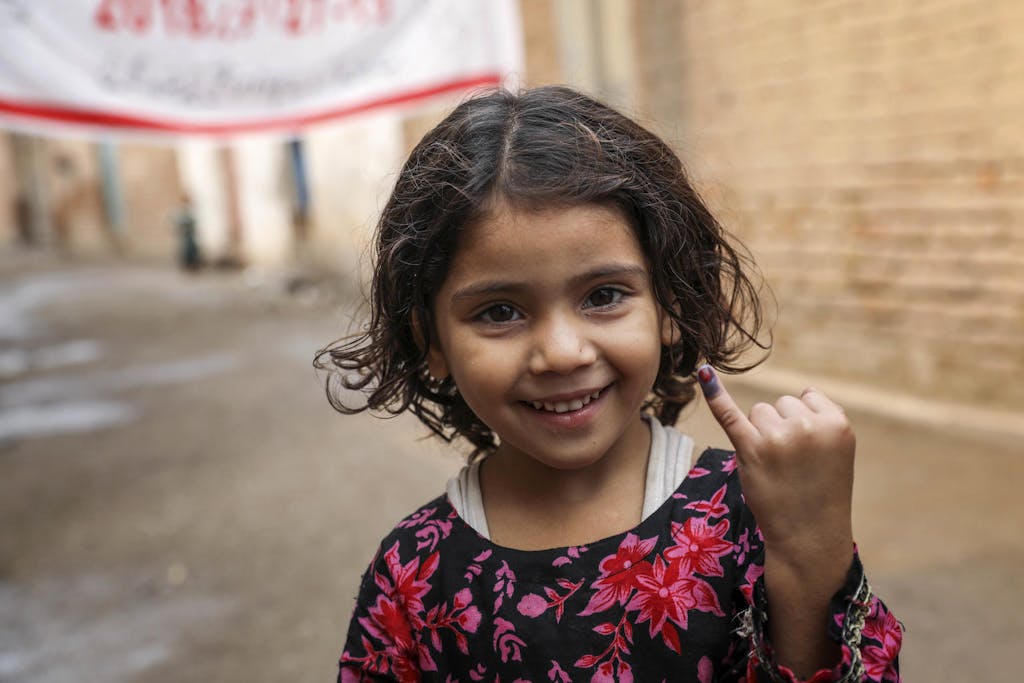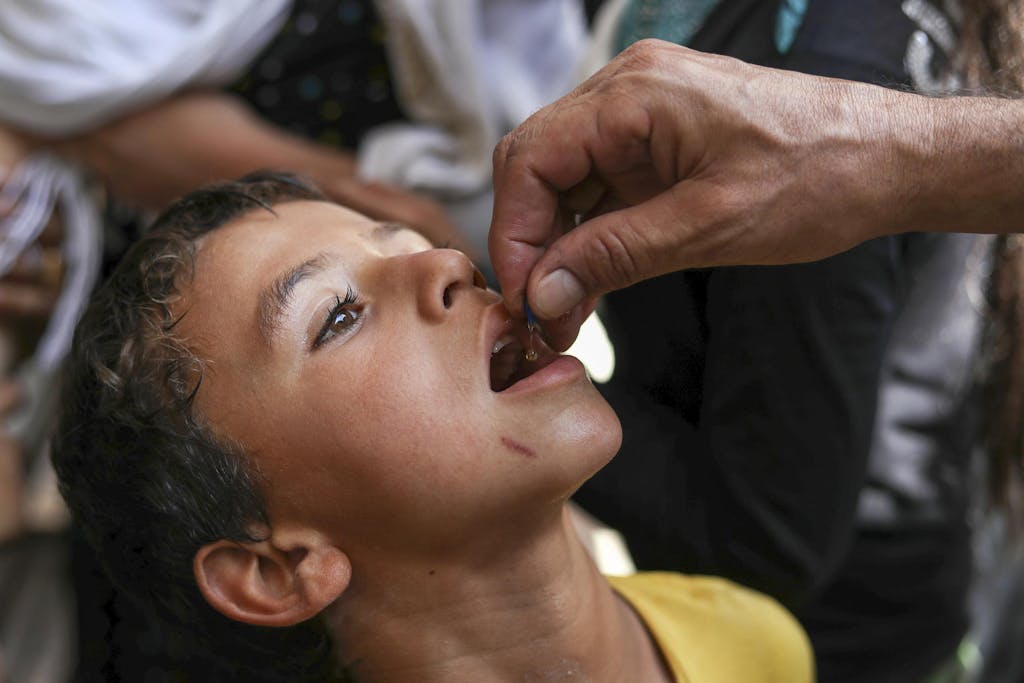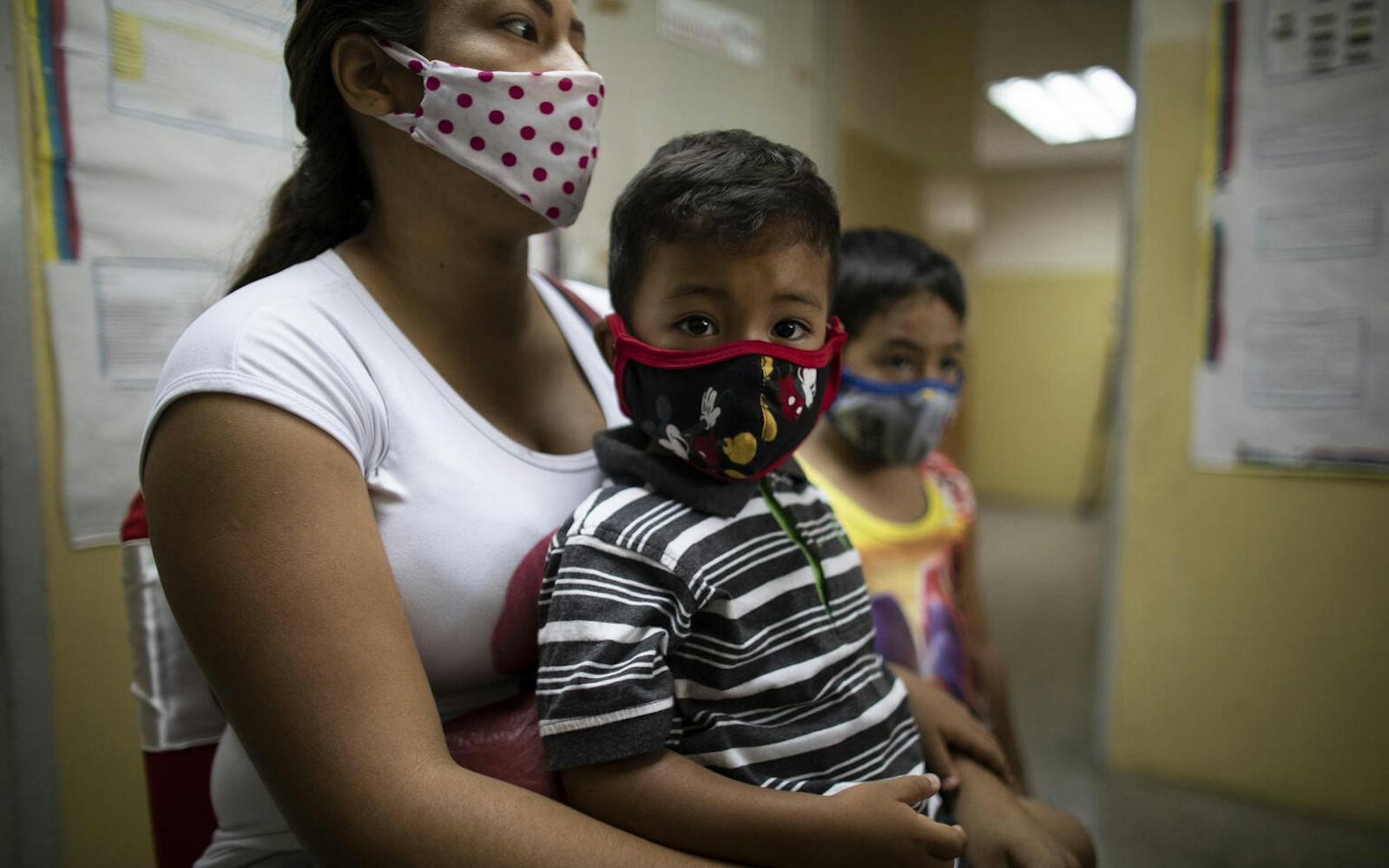World health experts met recently to discuss an emerging global health crisis linked to the COVID-19 pandemic: plummeting rates of basic vaccinations among the world’s children.
While many experts have been acutely aware of the pandemic’s impact on essential health services, startling new immunization data from the World Health Organization and UNICEF indicate that decades of progress against some of the world’s most dangerous diseases is being severely threatened.
The numbers are stark. As scarce health resources have been rerouted to control COVID-19, children’s immunization rates have dropped to the lowest level since 2009. Last year, 23 million children missed out on basic vaccines through routine immunization programs, up 3.7 million from 2019. What’s more, 17 million children around the world are considered “zero-dose children,” meaning they have not received a single dose of lifesaving, routine vaccines — let alone a full immunization schedule.

That puts millions of children at risk of resurgent and deadly diseases like measles and polio, which are more life-threatening to children than COVID-19. And fewer vaccinated kids widens health equity gaps and increases the likelihood of outbreaks, which could push overstretched health systems to the brink of collapse.
A number of pandemic-related factors have contributed to this health setback. These include local health facilities allocating funds, equipment, and health care providers to COVID-19 response efforts rather than vaccine programs; citizens’ fear of COVID-19 transmission; and stringent local lockdowns.
The story is the same in regions across the globe. At the recent high-level political forum to address progress on the United Nations’ Sustainable Development Goals, officials from Afghanistan, Nigeria, and the Democratic Republic of the Congo spoke about the devastation COVID-19 has wrought on their local health systems and on the health of their nations’ children. India was hit especially hard: 3.5 million children there are unvaccinated or undervaccinated, the highest number of any nation in the world.
Countries cannot afford to lose decades of hard-fought progress, leaving children vulnerable to vaccine-preventable diseases even as the world races to distribute billions of COVID-19 shots through the joint COVAX effort. The implications would be catastrophic.
Since the pandemic emerged, measles has caused more deaths than COVID-19 in the Democratic Republic of the Congo and Afghanistan. Even before the pandemic, measles was on the rise among children worldwide, with the official number of reported cases in 2019 reaching heights not seen for more than two decades. This trajectory, combined with millions more children missing out on vaccinations in 2020, sets the stage for a tenacious, highly contagious disease to attack even more children as the world lets down its guard.

Vaccines work. Cost-effective tools exist to stop the spread of preventable illnesses before they start, giving infants and toddlers the best possible shot at life. Now — even amid a pandemic — the global health community must stand together to ensure every child in every country has access to lifesaving vaccines. Geography should not be a death sentence.
The first step is to strengthen local health systems. UNICEF, WHO, and the vaccine alliance Gavi are helping restore local vaccination campaigns through outreach, emphasizing the safety and importance of vaccines, and pinpointing families who missed doses, while also addressing the complex launch of COVID-19 vaccination efforts. Governments and organizations must redouble their commitments to vaccine equity by investing in local health resources and implementing robust vaccination plans.
With the world undertaking the largest global vaccine rollout in history to fight COVID-19, every possible synergy must be explored to ensure that sufficient health worker capacity, financing, monitoring efforts, and vaccine confidence-building are in place on all vaccine delivery fronts. Achieving the bold vision laid out in the global Immunization Agenda 2030, which aims to vaccinate 90% of children and adolescents worldwide, will be possible only with strong multilateral cooperation energized by political will.
During the coronavirus pandemic, the world has dramatically witnessed the tragedy of disease outbreak and the transformative hope offered by vaccines. Imagine if we could offer every parent of every child, whether in rural villages or refugee camps or bustling cities, that same hope. The promise of a healthy future is truly within reach. Together, in solidarity, we can make it a reality.
This piece originally appeared on STAT News and has been republished with permission.
Featured Photo: Leonardo Fernandez/UNICEF








